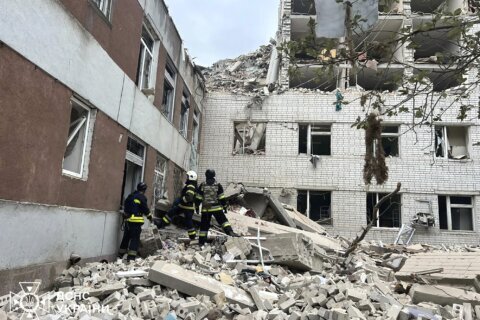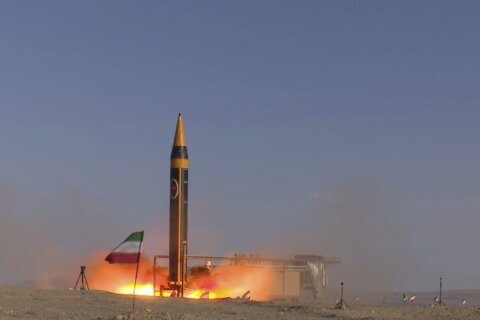WASHINGTON — More than three-quarters of mass casualty attacks in the U.S. that involved three or more victims in 2017 were carried out by people who “made concerning communications and/or elicited concern from others prior to carrying out their attacks,” according a new report from the Secret Service.
The document, titled “Mass Attacks in Public Spaces – 2017″ said 147 people were killed and 700 were injured in mass attacks in 2017 and that usually attackers who sent some sort of warning sign before their attack caused more harm than those who did not.
Dr. Lina Alathari, chief of the Secret Service National Threat Assessment Center (NTAC), said the project was driven by the need “to identify methods to prevent these types of attacks,” and revealed valuable information about the perpetrators.
“Almost every signal a perpetrator of these attacks had experienced a significant stressor in the years leading up to the attack that took the shape of family or romantic problems, domestic problems and workplace issues,” Alathari said.
She said the stressors included “being fired from a job,” and other financial problems.
“Over 50 percent had significant financial instability leading up to their attack,” she said.
Regardless of whether these attacks were acts of workplace violence, domestic violence, school-based violence or terrorism, similar themes were observed in the backgrounds of the perpetrators including the following:
- Nearly half were motivated by a personal grievance related to a workplace, domestic, or other issue.
- More than half had histories of criminal charges, mental health symptoms and/or illicit substance use or abuse.
- All had at least one significant stressor within the last five years, and more than half had indications of financial instability in that time frame.
The 28 incidents were carried out at 31 different sites. Though most of the attacks were conducted using a firearm, vehicles and knives also were used.
The attacks took place throughout the year and occurred on every day of the week. In more than half of the incidents, the attackers ended the violence by either departing the scenes on their own or committing suicide at the scene.
“One of the biggest surprises that we saw is that this really affected every aspect of our public lives,” Alathari said. “These incidents were carried out in the places where we learn, where we work, where we shop and where we engage in leisure activities.”
The Secret Service is not a newcomer to this type of research.
For more than 20 years the NTAC has been conducting research, training and consultation on the prevention of targeted violence according to the Secret Service.
“Our behavioral research on incidents of targeted violence has shaped how we conduct threat assessments as an agency,” said Assistant Director Frederick Sellers of the Secret Service’s Office of Strategic Intelligence and Information.
“We use multiple sources to gather and analyze information to assess concerning behaviors and identify mitigation strategies in support of our protective mission.”








